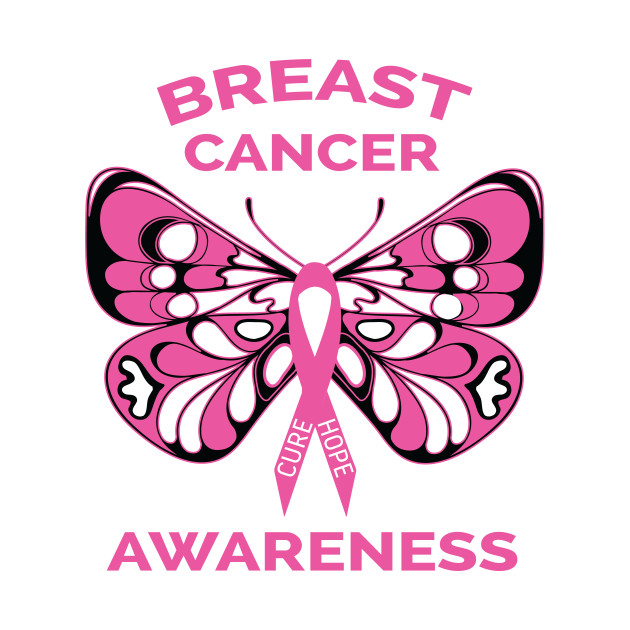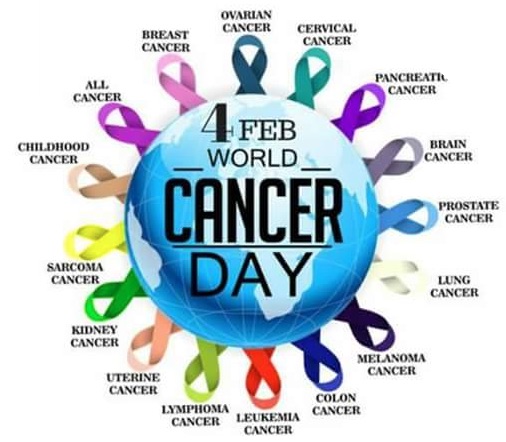|
MSM (MethylSulfonylMethane) is an abbreviation of methylsulfonylmethane, an organic form of sulfur. The chemical formula of MSM is CH3SO2CH3. It is the form in which sulfur is biologically active and appears in nature in all living organisms.
$39.95
|
|
Treatment Options for Cervical Cancer, by StageThe stage of a cervical cancer is the most important factor in choosing treatment. But other factors can also affect your treatment options, including the exact location of the cancer within the cervix, the type of cancer (squamous cell or adenocarcinoma), your age and overall health, and whether you want to have children. Stage 0 (carcinoma in situ)Although the AJCC staging system classifies carcinoma in situ (CIS) as the earliest form of cervical cancer, doctors often think of it as a pre-cancer. That is because the cancer cells in CIS are only in the surface layer of the cervix; they have not grown into deeper layers of cells. All cases of CIS can be cured with the right treatment. However, pre-cancerous changes can sometimes recur (come back) in the cervix or vagina, so it’s very important for your doctor to watch you closely after treatment. This includes follow-up with regular Pap tests and in some instances with colposcopy.
Treatment options for squamous cell carcinoma in situ include:
Treatment options for adenocarcinoma in situ include:
Stage IA1Treatment for this stage depends on whether or not you want to continue to be able to have children (maintain fertility) and whether or not the cancer has grown into blood or lymph vessels (called lymphovascular invasion). Treatment options for women who want to maintain fertility: A cone biopsy is the preferred procedure for women who want to have children after the cancer is treated.
If the edges of the cone biopsy have cancer cells (called positive margins), then cancer may have been left behind. This can be treated with a repeat cone biopsy or a radical trachelectomy (removal of the cervix and upper vagina). A radical trachelectomy is preferred if the cancer has grown into blood or lymph vessels. Treatment options for women who don’t want to maintain fertility:
Stage IA2Treatment for this stage depends in part on whether or not you want to continue to be able to have children (maintain fertility). Treatment options for women who want to maintain fertility:
Treatment options for women who don’t want to maintain fertility:
If none of the lymph nodes are found to have cancer, radiation may still be discussed as an option if the tumor is large, if the tumor has grown into blood or lymph vessels, or if the tumor is invading the surrounding connective tissue that supports organs such as the uterus, bladder, vagina (the stroma). If the cancer has spread to the tissues next to the uterus (called the parametria) or to any lymph nodes, or if the tissue removed has positive margins, radiation (EBRT) with chemotherapy is usually recommended. The doctor may also advise brachytherapy after the combined chemo and radiation are done. Stages IB and IIAThe main treatment options are surgery, radiation, or radiation given with chemo (concurrent chemoradiation). Stages IB1 and IIA1Treatment options for women who want to maintain fertility:
Treatment options for women who don’t want to maintain fertility:
Stages IB2 and IIA2Treatment options:
Some doctors recommend radiation given with chemotherapy first followed by a hysterectomy. Stages IIB, III, and IVATreatment options: Chemoradiation: The chemo may be cisplatin or cisplatin plus fluorouracil. The radiation therapy includes both external beam radiation and brachytherapy. Stage IVBAt this stage, the cancer has spread out of the pelvis to other areas of the body. Stage IVB cervical cancer is not usually considered curable. Treatment options include radiation therapy and/or chemo to try to slow the growth of the cancer or help relieve symptoms . Most standard chemo regimens include a platinum drug (cisplatin or carboplatin) along with another drug such as paclitaxel (Taxol), gemcitabine (Gemzar), or topotecan. The targeted drug bevacizumab (Avastin) may be added to chemo or immunotherapy alone with pembrolizumab (Keytruda®) may also be an option. Clinical trials are testing other combinations of chemo drugs, as well as some other experimental treatments. Recurrent cervical cancerCancer that comes back after treatment is called recurrent cancer. Cancer can come back locally (in or near where it first started, such as the cervix, uterus or nearby the pelvic organs), or it can come back in distant areas (such as the lungs or bone). If the cancer has recurred in the pelvis only, extensive surgery (such as pelvic exenteration) may be an option for some patients, and offers the best chance for possibly curing the cancer (although it can have major side effects). Radiation therapy (sometimes along with chemo) might be another option. If not, chemo, immunotherapy, or targeted therapy may be used to slow the growth of the cancer or help relieve symptoms, but they aren’t expected to cure the cancer. No matter which type of treatment your doctor recommends, it's important to understand the goal of treatment (to try to cure the cancer, control its growth, or relieve symptoms), as well as its possible side effects and limitations. For example, sometimes chemo can improve your quality of life, and other times it might diminish it. You need to discuss this with your doctor. New treatments that may benefit patients with distant recurrence of cervical cancer are being evaluated in clinical trials. Clinical Trials may help if you are thinking about participating in a clinical trial. Cervical cancer in pregnancyA small number of cervical cancers are found in pregnant women. Most of these (70%) are stage I cancers. The treatment plan during pregnancy is determined by:
If the cancer is at a very early stage, such as carcinoma in situ (Stage 0) or stage IA, most doctors believe it is safe to continue the pregnancy to term and have treatment several weeks after birth. Surgery options after birth for early-stage cancers include a hysterectomy, radical trachelectomy, or a cone biopsy. If the cancer is stage IB or higher, then you and your doctor must decide whether to continue the pregnancy. If not, treatment would be radical hysterectomy and/or radiation. Sometimes chemotherapy can be given during the pregnancy (in the second or third trimester) to shrink the tumor. If you decide to continue the pregnancy, the baby should be delivered by cesarean section as soon as it is able to survive outside the womb. More advanced cancers typically need be treated immediately. |
|
|

OPEN 24 HOURS: ACCIDENT EMERGENCY, LAB SERVICES, IMAGING SERVICES & PHARMACY










